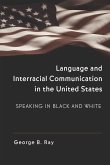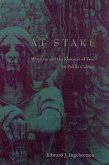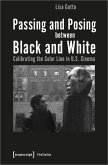This is an attempt at uncovering to which extent and in what way the reporting on violence in South Africa's English language press between 1976 and 2002 has influenced white South Africans' views of their country. Throughout the period under investigation, newspapers approached violence with racial concepts in mind. Their (largely white) in-group and the (mainly black) out-group were shown to be facing each other from opposite ends of the good-bad spectrum, and the concept of violence was lexicalised accordingly. My research confirmed that white South Africans' attitudes towards violence display a striking resemblance to this view. This suggests that the newspapers did more than inform their readers about the world. Their choice of subjects frequently influenced how South Africans defined violence and their way of approaching these subjects was important in constituting the public's view of them. It is therefore beyond doubt that the English language press helped to structure and limit people's interpretive frameworks. They worked to define what was seen as violence and provided the language to describe the individual incidents. They constituted reality; made history so to speak.







